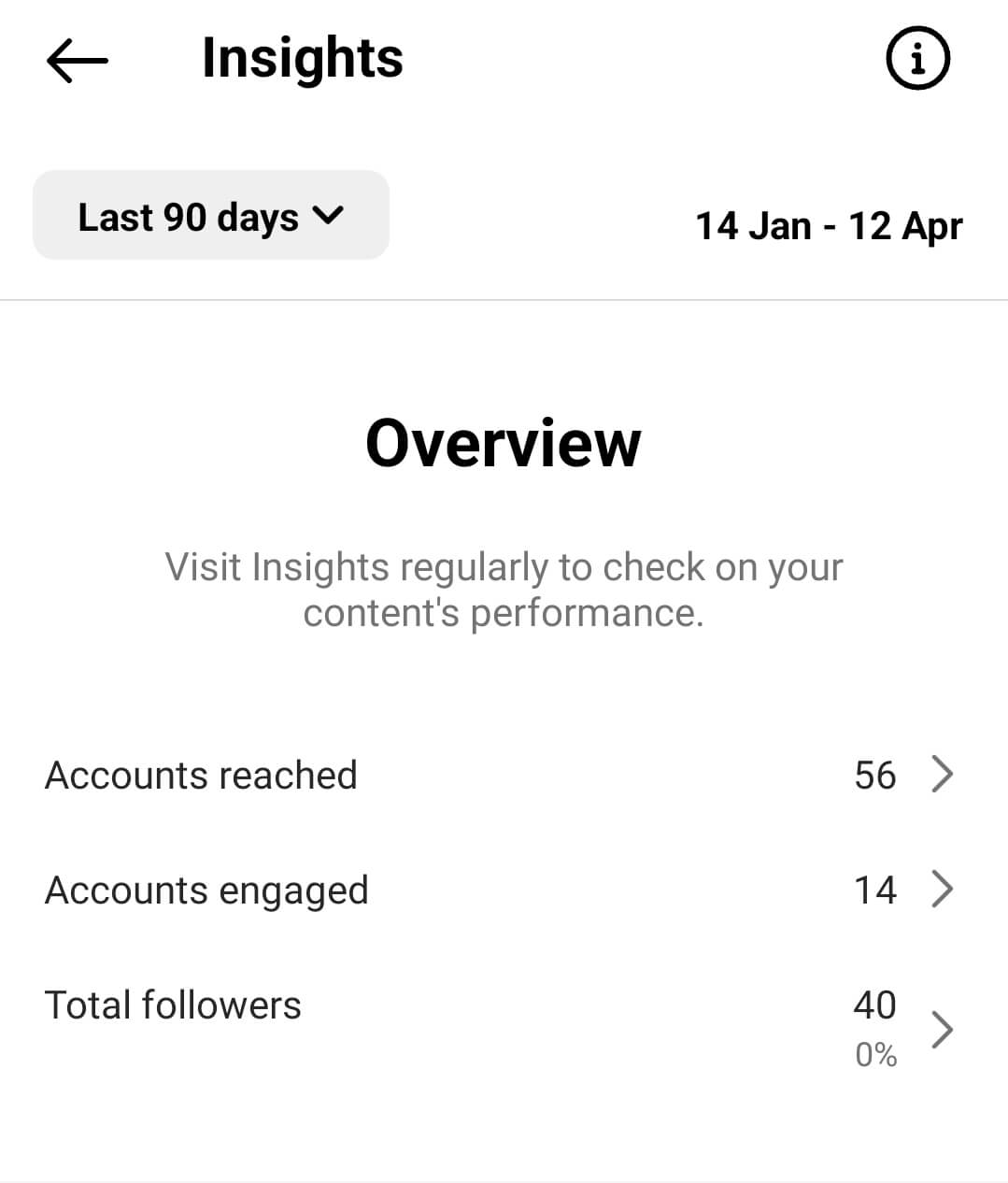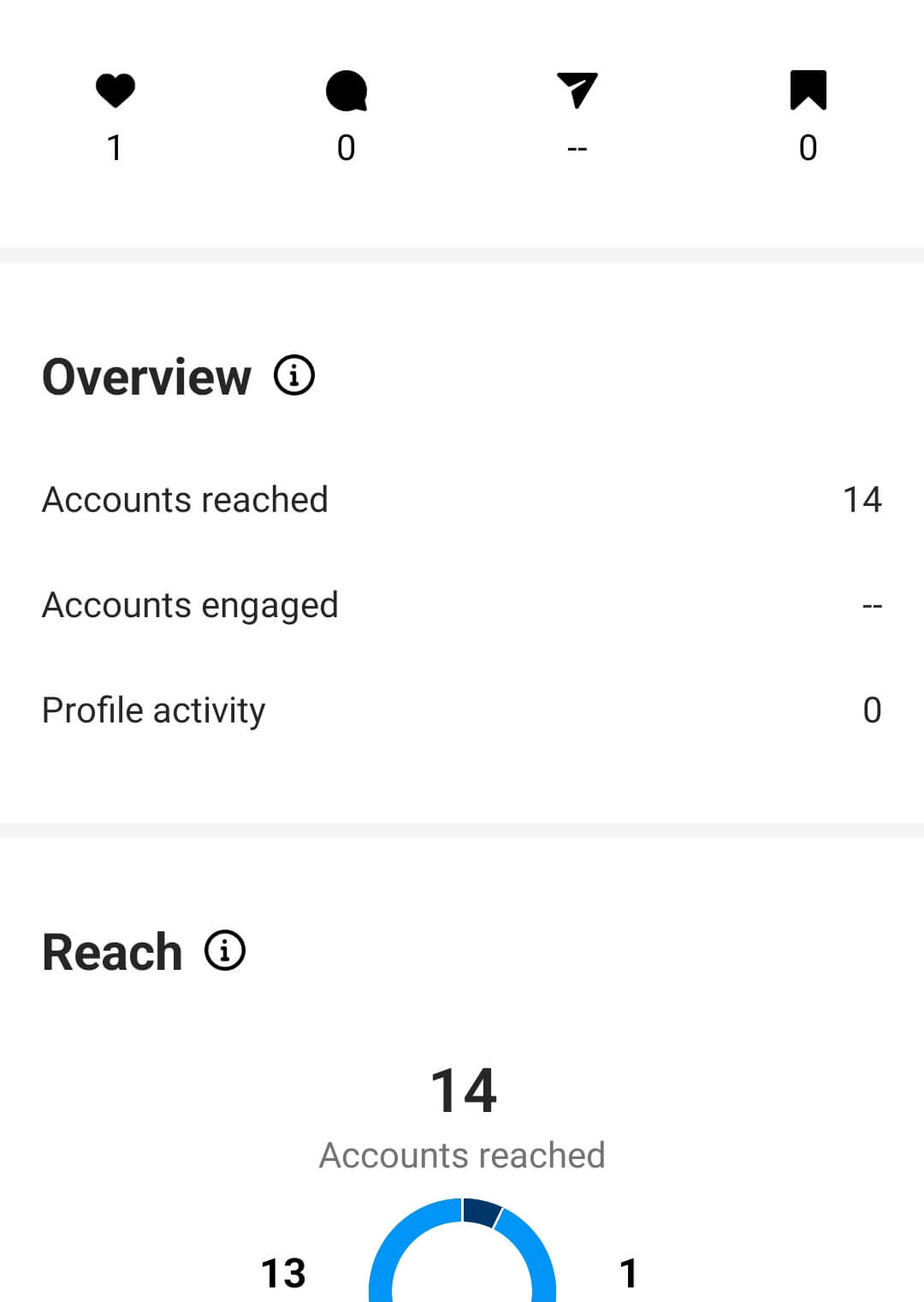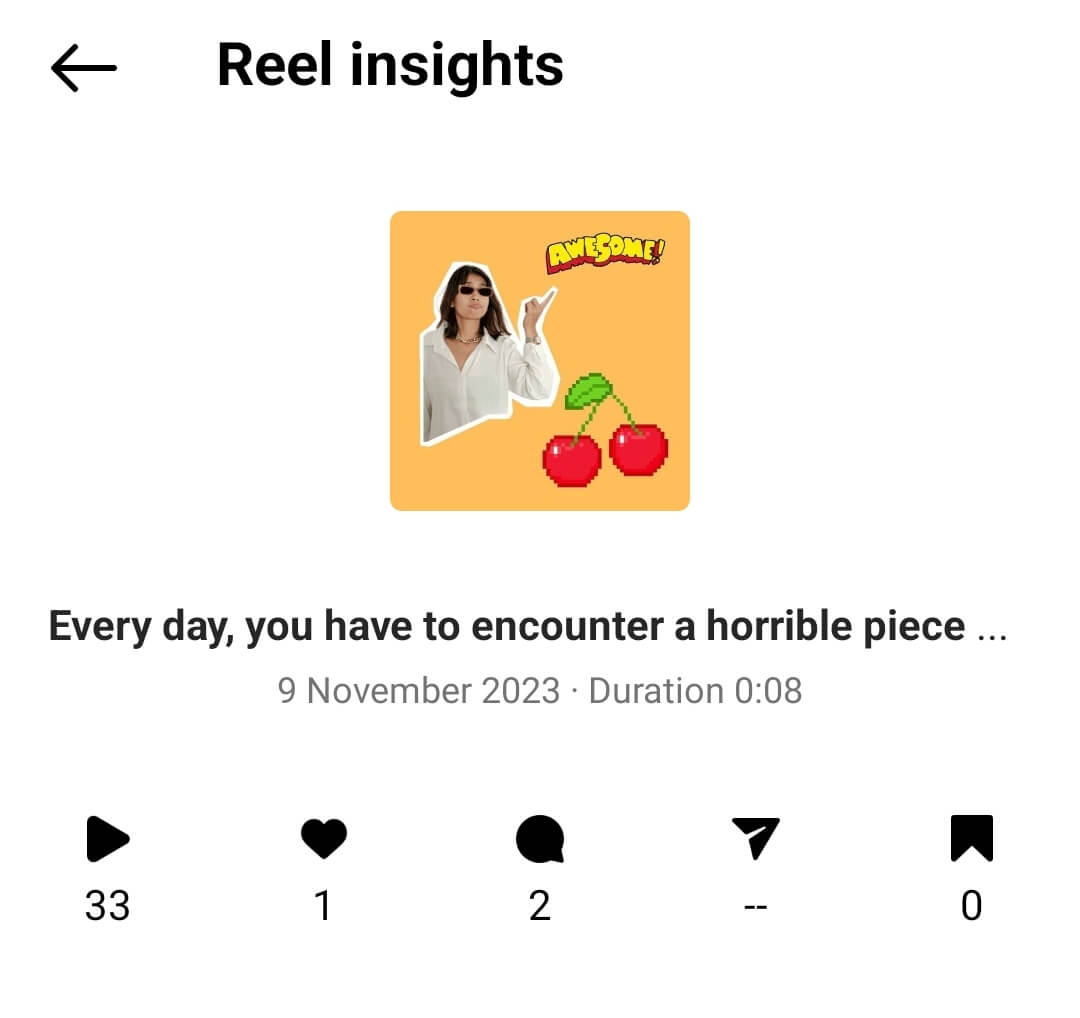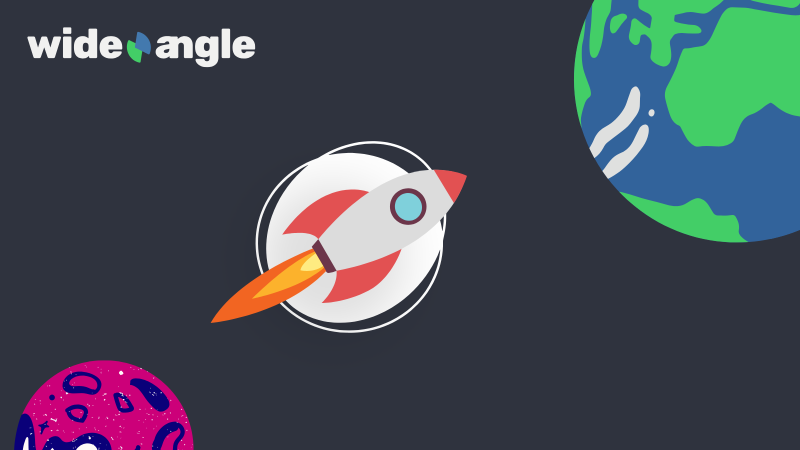For marketers, Instagram offers opportunities that can’t be missed. The platform has over 1.6 billion users globally, placing it among the top 5 most active social media channels.
That’s not to mention the possibilities Instagram offers in terms of influencer collabs, including paid partnerships and affiliate marketing.
With so many glorious content marketing opportunities ripe for the taking, you’ll want to keep track of what’s working and what’s not. So, can you get analytics on Instagram?
The tldr; is yes, you can. And this article will show you where, how and beyond!
Read on to find answers to essential Instagram analytics questions, including:
- What does Instagram analytics measure?
- How to find analytics on Instagram, including views and ad data
- How can you get the most accurate Instagram analytics insights?
- What Instagram analytics alternatives are out there?
What data does Instagram collect about users?
Instagram analytics can help you track a number of crucial metrics.):
- Engagement rate
- Followers
- Website referral traffic
- Best times to post
- Audience demographics
- Comments
- Impressions
- Reach
- Shares
- Interactions
- Reel drop-off rate
How to find analytics on Instagram: access, views and ads
How do you access Instagram analytics?
You can access Instagram analytics with any business or creator account.
First, go to your business or creator account profile and click the ‘Insights’ button. Or, you can open the menu in the top-right corner and click ‘Insights’ from there.
Under ‘Overview’, you’ll find different metrics to dive into, as well as breakdowns of individual content you’ve shared.

It’s worth mentioning here that you can also view Instagram analytics via Meta Business Suite. Click here to learn more about using Meta Business Suite to access analytics data.
How to check views on Instagram
While Instagram doesn’t offer the option to see who has viewed your Instagram profile, you can see who views your stories and videos.
To see who’s viewed your stories:
- Open Instagram and tap the profile icon on the bottom right corner of the screen.
- Tap ‘View Insights’ in the bottom left of the media.

3. You’ll now get a screen with the number of viewers and a list of who they are.

To see who’s viewed your videos:
- Open Instagram and tap the profile icon on the bottom right corner of the screen.
- Click the video you want to see views for.
Under the video, you’ll see the total number of views.

How do you check Instagram ad analytics?
To check Instagram ad analytics, you need to navigate off the Instagram app and over to Meta Ads Manager. There, you’ll find your Instagram ad campaign metrics, ad sets, ad levels and reports.
How can you get more accurate Instagram analytics data?
While Instagram’s in-built analytics is a good starting point, it’s limited in terms of data scope and accuracy. For example:
- Account insights are only available for 90 days.
- Follower growth rate is not included. Instagram shows how many followers you have and the week-on-week change, but it doesn’t offer data on follower growth over time.
- Instagram can tell you how many people clicked your bio link. However, it offers no detail on audience interactions with your website beyond that.
- If you have fewer than 100 followers, you won’t see audience demographics. That means no data on age, gender, location and language.
- Story analytics are particularly limited, as they’re only available for 24 hours after they’re created, even if they’re highlighted or archived.
That’s not to mention how Meta infamously skews and exposes data!
Using link-tracking parameters, or UTM parameters, in third-party analytics software is the best solution for Instagram’s analytics limitations.
UTM parameters are additional pieces of information that are added to URLs to identify and analyse the performance of links. Using UTM parameters can help identify what traffic has come from where, including from Instagram.
Here is an example of a link tracking parameter:
https://wideangle.co?ref=instagram-reel
The section underlined after the question mark indicates that the user was referred to the website from Twitter.
This is a simple example: UTM parameters are customisable, allowing you to track the user source and medium, paid ad keywords, content pieces and other important metrics — even the specific call to action button a visitor clicked.
Instagram analytics alternatives
Instagram’s in-built analytics capabilities provide a convenient way to view your data. Readily available to any Instagram business or creator profile, it offers a quick snapshot of your page’s performance metrics.
But a snapshot is no good if what you need is an X-ray. That’s where more sophisticated analytics software comes in. For savvy marketers seeking precise Instagram analytics insights, leveraging a third-party analytics platform alongside UTM parameters is the optimal approach. This strategy allows you to meticulously track user interactions across your Instagram profile, posts, ads and your website.
Wide Angle Analytics is committed to bringing marketers accurate website analytics insights, without ever compromising end-user privacy. Attain a comprehensive view of your website traffic and monitor campaign results, including from social media, while upholding total GDPR compliance.
Experience it for yourself: our free demo account page is open to everyone. No need for email submissions, and no intrusive sales calls — just follow this link to start exploring.
Lauren Meredith is a seasoned content marketing strategist and writer helping online businesses connect with their audience and maximise organic success. Her SEO content secures #1 positions on Google, features in publications such as The Independent, Yahoo and academic domains, and has won an award at the Digital Growth Awards.





